“Đô thị Quốc tế của châu Á” ở Hong Kong | High Hopes in Hong Kong
Trung tâm văn hóa châu Á này tiêu tốn đến 2.8 tỉ USD để xây dựng nên một quận văn hóa khổng lồ. Mục tiêu: để trở thành một trong những thành phố lớn nhất thế giới.
Công trình được thiết kế bởi: Foster + Partners, Rem Koolhaas/OMA, và Rocco Design Architects.

The Asian metropolis is spending $2.8 billion to construct an enormous cultural district. The goal: to become one of the greatest cities in the world.
Project by Foster + Partners (pictured), Rem Koolhaas/OMA, and Rocco Design Architects.
With the recent unveiling of three competing master plans for the colossal West Kowloon Cultural District (WKCD), Hong Kong finds itself at a watershed moment—one that will not only shape a prominent waterfront site, but also help define the city’s place in the ever-changing firmament of global cultural destinations.
The $2.8-billion publicly funded project will be Asia’s largest cultural complex and is part of Hong Kong’s drive to become “Asia’s World City.” Its scale and ambition—40 hectares of prime real estate (including 23 hectares of open space, 264,200 square meters of cultural facilities, and 422,800 square meters of commercial property)—are daunting. Construction is slated to begin in 2015 and continue in phases until 2020 or later.
Sitting on reclaimed waterfront land left vacant for more than 13 years, WKCD has a checkered history of grand hopes and disappointments. In 2004, Foster + Partners won a developer-led bid competition with a scheme that placed a gigantic glass canopy over the site. But the project was abandoned after loud criticism of the competition process and the architectural design. Eventually, the government set up an independent WKCD Authority, which relaunched the project in 2008 and commissioned three master-plan consultant teams—guided by Foster + Partners, Rem Koolhaas/OMA, and Rocco Design Architects—to compete for the job. Their schemes were unveiled in August, and the winner is expected to be announced in early 2011.
Foster’s scheme arranges most of the cultural and commercial facilities in a central axis running east-west and linking the waterfront to older parts of the city. Direct and straightforward, it features orthogonal blocks of development along the axis, which terminates at two iconic oval cultural buildings: an opera house and an exhibition center. Foster kept almost the entire 2.2-kilometer-long waterfront free of buildings and vehicles, creating an urban forest spotted with tea pavilions, public art, amphitheaters, outdoor mahjong tables, and shaded promenades. Much like Hong Kong itself, the design alternates compact, generic developments with large areas of green space.
Rocco’s master plan stitches together public space and local culture. A strategy of connective landscape creates three linear bands characterized as “city,” “culture,” and “green terrain.” The idea is to weave together urbanity and nature. New cross streets connect with the existing city grid, framing views of the harbor and connecting people to the water. In elements such as shop-lined alleys laced with cultural institutions, the design captures Hong Kong’s dense urban character, while its waterfront areas recall the famous 12th-century Chinese scroll painting Qingming Riverside.
In its plan titled “Project for a new Dimension,” OMA draws on its recent research into preservation and regional development patterns, then reconfigures local-global elements. Three key ideas distilled from Hong Kong underpin the master plan—the village, agricultural field patterns, and urban streetscapes. Koolhaas and his team argue that it is the combination of these programmatic types that makes Hong Kong sustainable as a city and a culture. They hope to moderate the complexity of urban life with differentiated landscapes ranging from multi-use parks to dense urban grids. An Art Village, a Middle Village, and a Theatre Village occupy key locations in the plan and define distinct zones.
The WKCD raises important questions about Hong Kong’s future, and highlights the need to balance what the public wants with what the world expects of a great city. Can a large cultural development actually fix Hong Kong’s problems? Only time will tell if the WKCD helps Hong Kong measure up to other global creative cities and regional competitors such as Shanghai, Singapore, Shenzhen, and Tokyo.
West Kowloon Cultural District
-
Foster + Partners
Foster + Partner’s scheme arranges most of the cultural and commercial facilities in a central axis running east-west and linking the waterfront to older parts of the city. Direct and straightforward, it features orthogonal blocks of development along the axis, which terminates at two iconic oval cultural buildings: an opera house and an exhibition center. Foster kept almost the entire 2.2-kilometer-long waterfront free of buildings and vehicles, creating an urban forest spotted with tea pavilions, public art, amphitheaters, outdoor mahjong tables, and shaded promenades. Much like Hong Kong itself, the design alternates compact, generic developments with large areas of green space.
-
Rem Koolhaas/OMA
In its plan titled "Project for a new Dimension," OMA draws on its recent research into preservation and regional development patterns, then reconfigures local-global elements. Three key ideas distilled from Hong Kong underpin the master plan—the village, agricultural field patterns, and urban streetscapes. Koolhaas and his team argue that it is the combination of these programmatic types that makes Hong Kong sustainable as a city and a culture. They hope to moderate the complexity of urban life with differentiated landscapes ranging from multi-use parks to dense urban grids. An Art Village, a Middle Village, and a Theatre Village occupy key locations in the plan and define distinct zones.
-
Rocco Design Architects
Rocco’s master plan stitches together public space and local culture. A strategy of connective landscape creates three linear bands characterized as "city," "culture," and "green terrain." The idea is to weave together urbanity and nature. New cross streets connect with the existing city grid, framing views of the harbor and connecting people to the water. In elements such as shop-lined alleys laced with cultural institutions, the design captures Hong Kong’s dense urban character, while its waterfront areas recall the famous 12th-century Chinese scroll painting Qingming Riverside.
- Sáng tạo trẻ: Nhà nổi lưỡng cư 153
- Viện hàn lâm Khoa học California mới với mái nhà xanh trên 1 hecta 21
- Cách chèn ảnh vào bài viết 20
- Biện pháp thi công (Download file CAD) - GS. Lê Kiều 18
- Về cái tên "sông Cửu Long" của người Việt 15
- Phân biệt Quy chuẩn xây dựng VN và Tiêu chuẩn VN 15
- BTH: Cảnh quan - Công Viên - Quảng Trường | Landscape Architecture 15
- Hạt bụi – Truyền Thống Kiến Trúc 13
- Hướng dẫn cách phân tích hiện trạng trong bước thiết kế concept kiến trúc 12
- Định nghĩa về cái đẹp 12











.png)

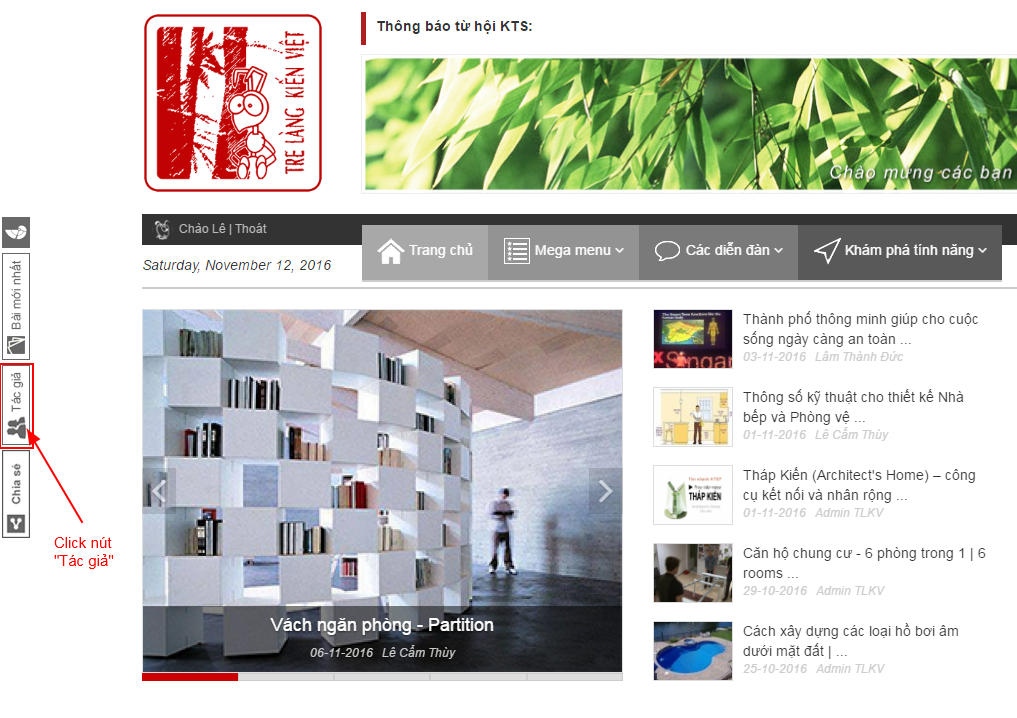
.png)
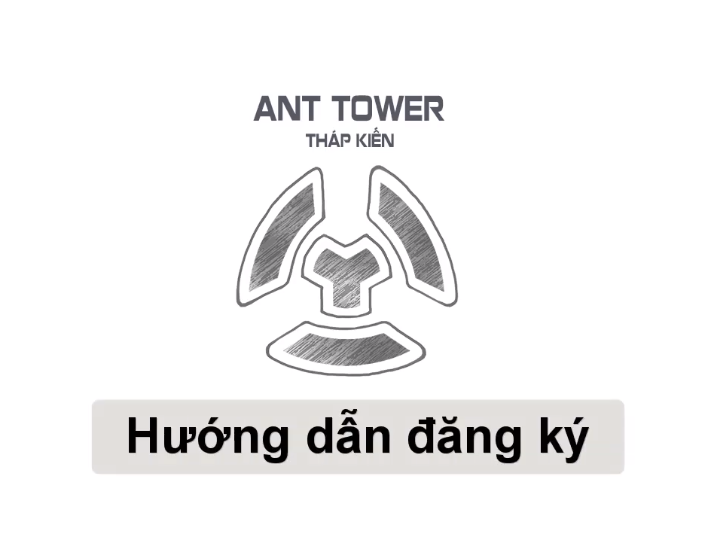








.png)
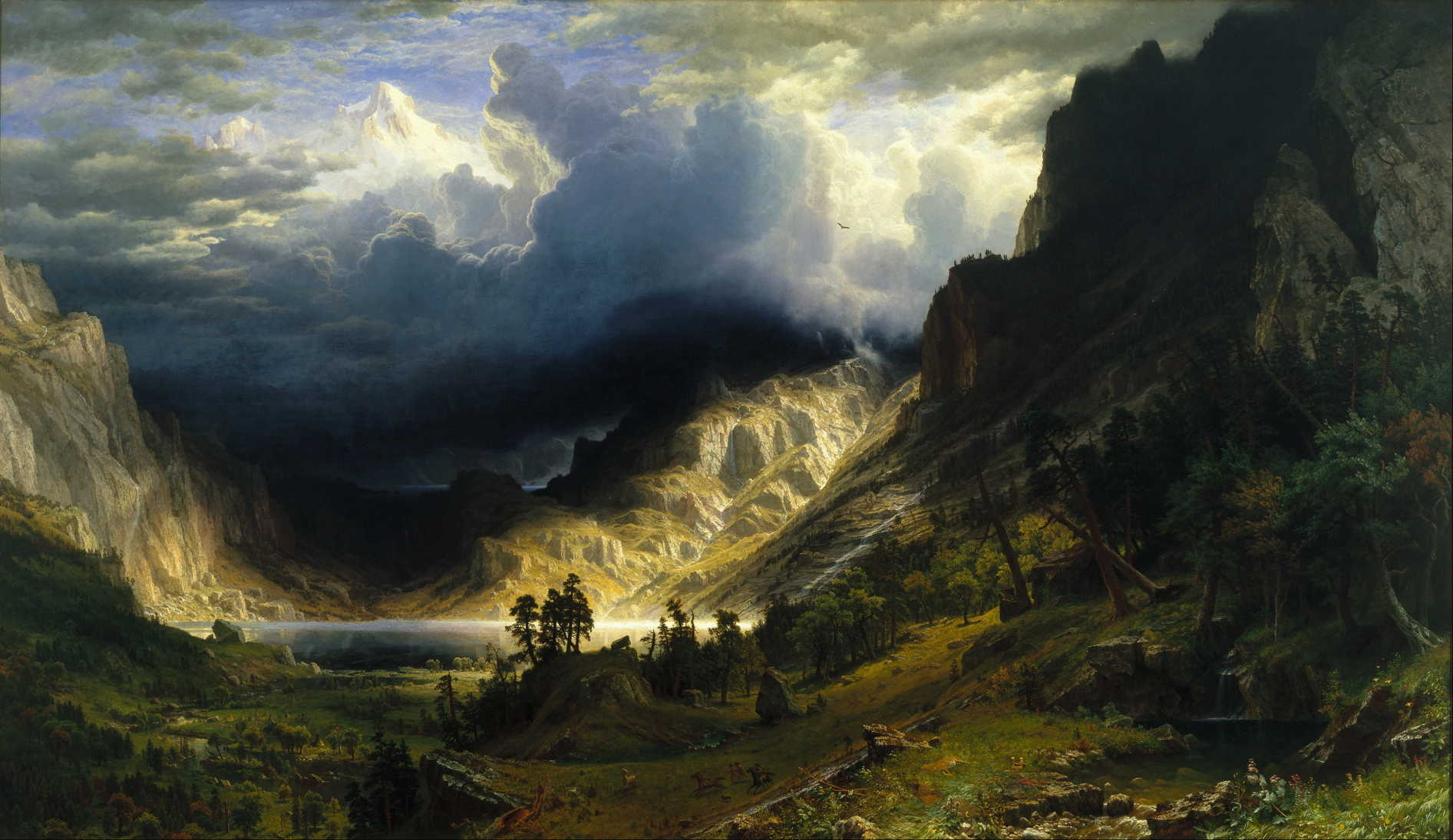
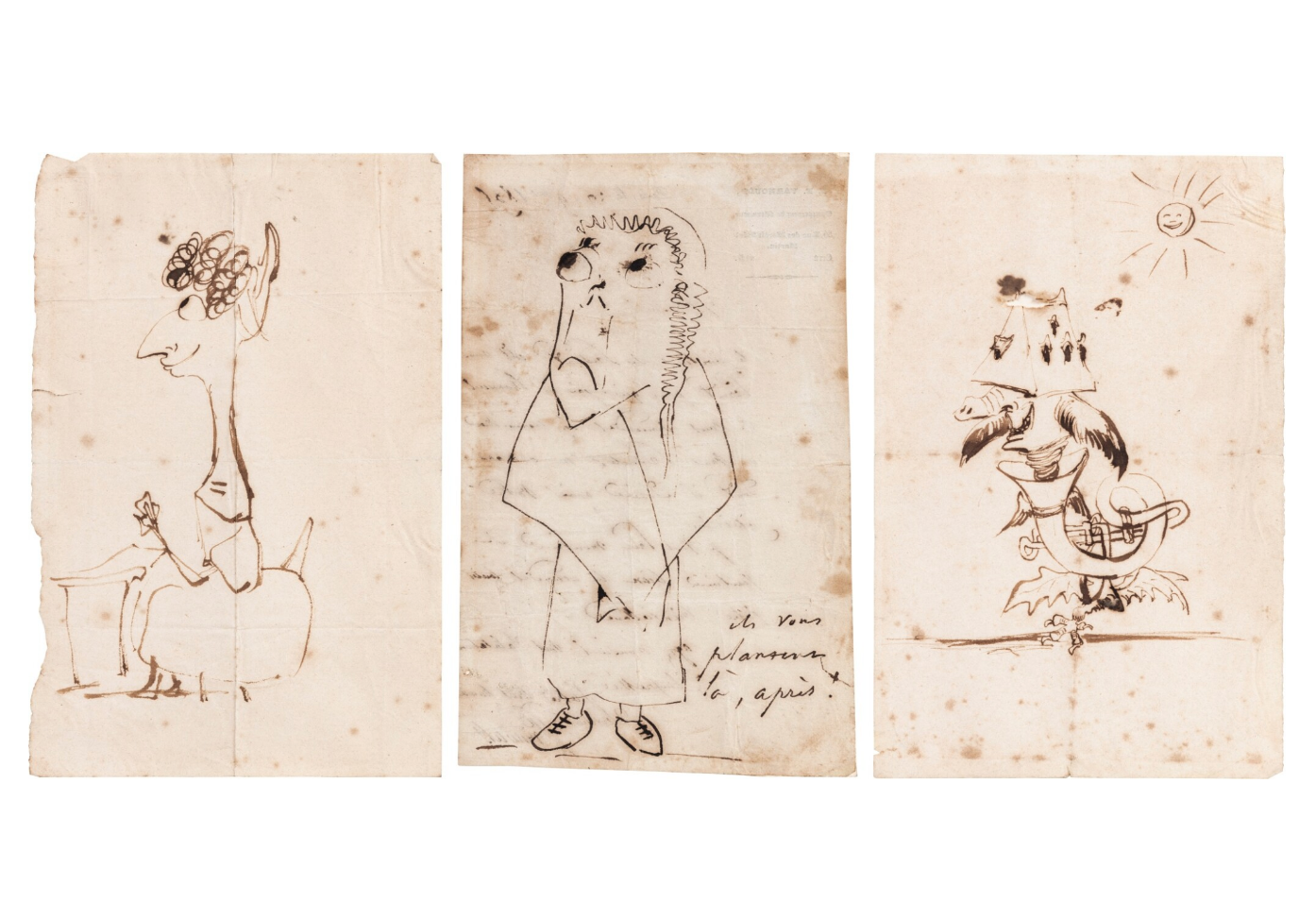
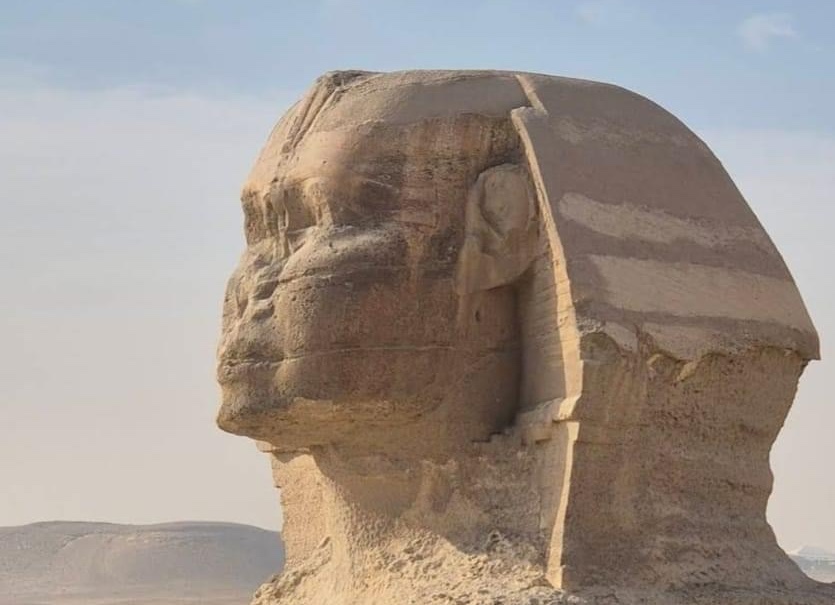
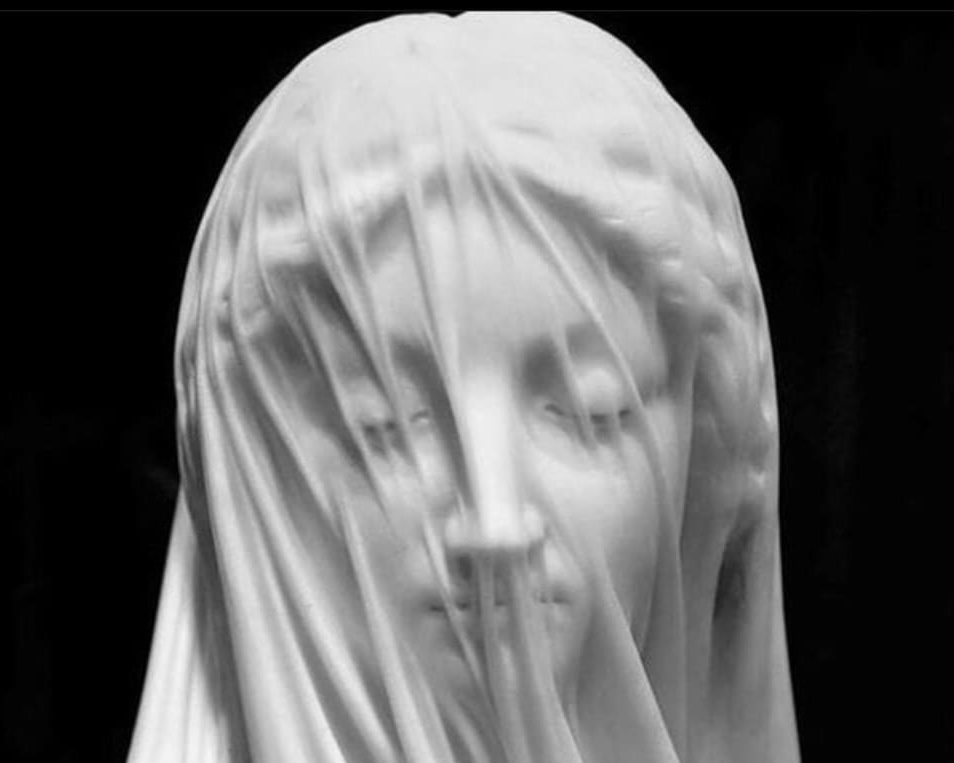
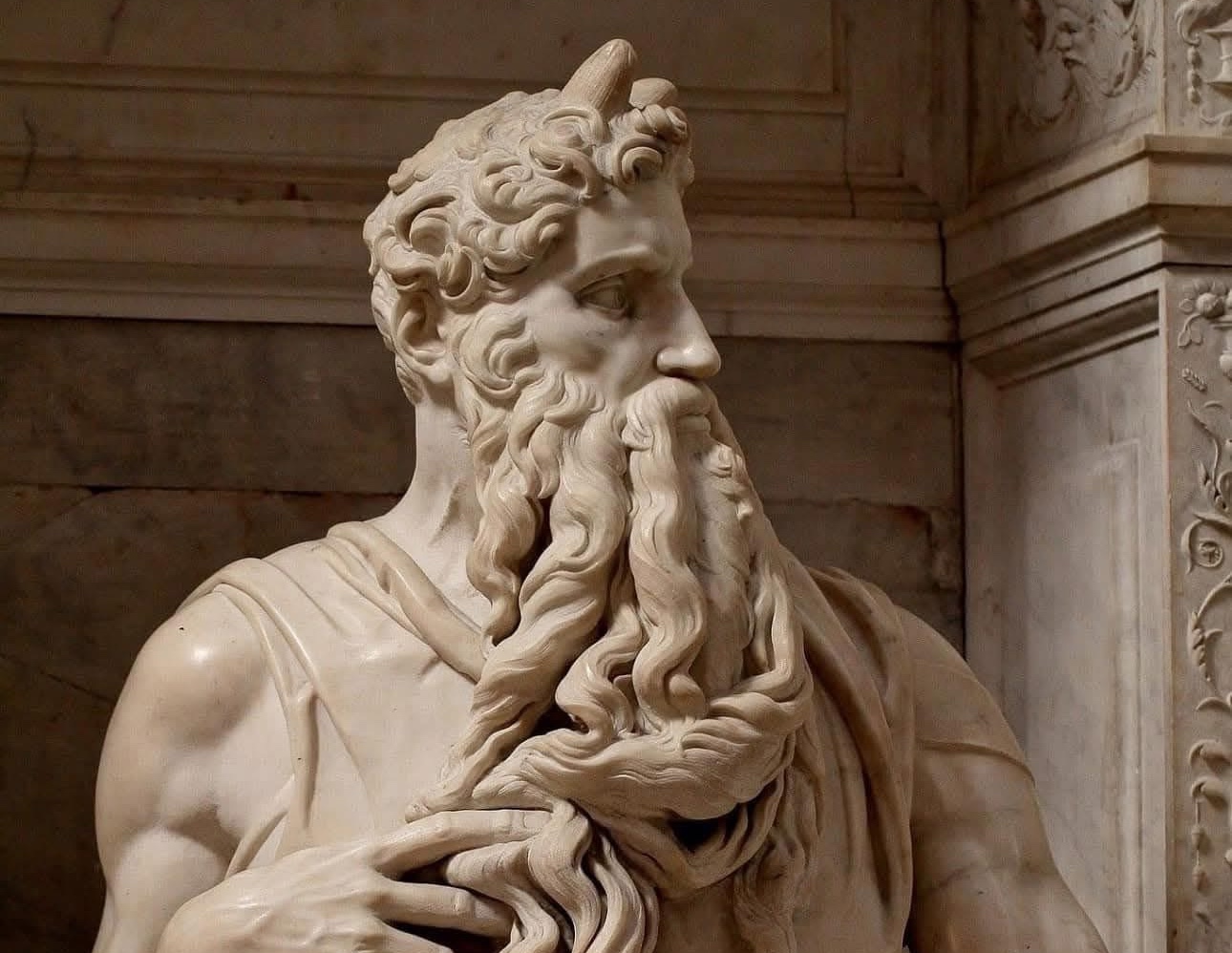
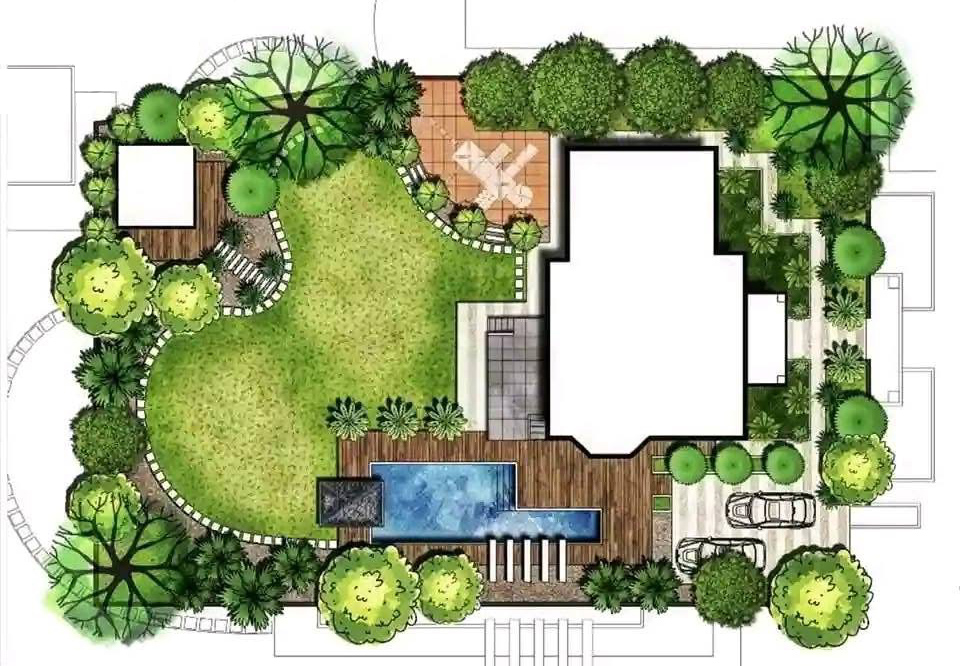



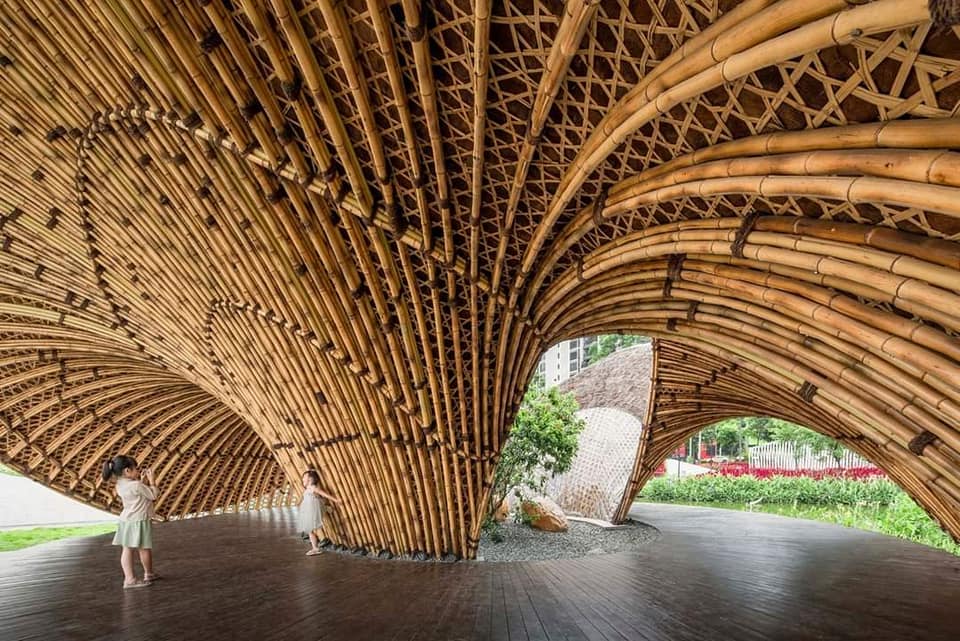
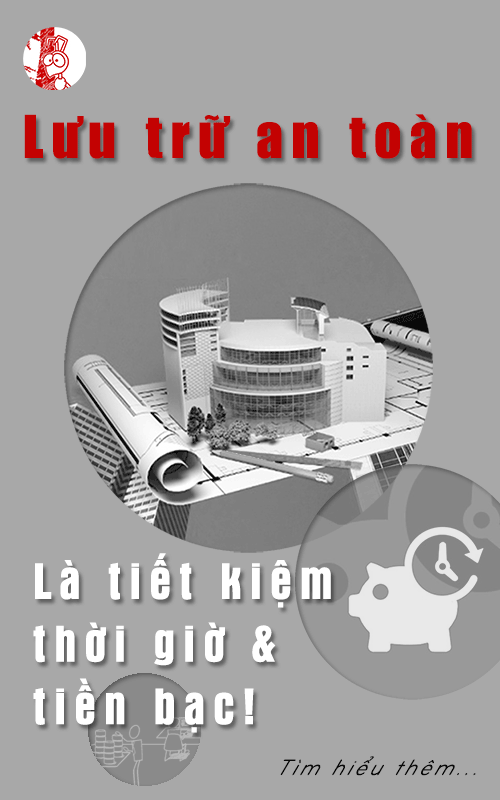


Bình luận từ người dùng